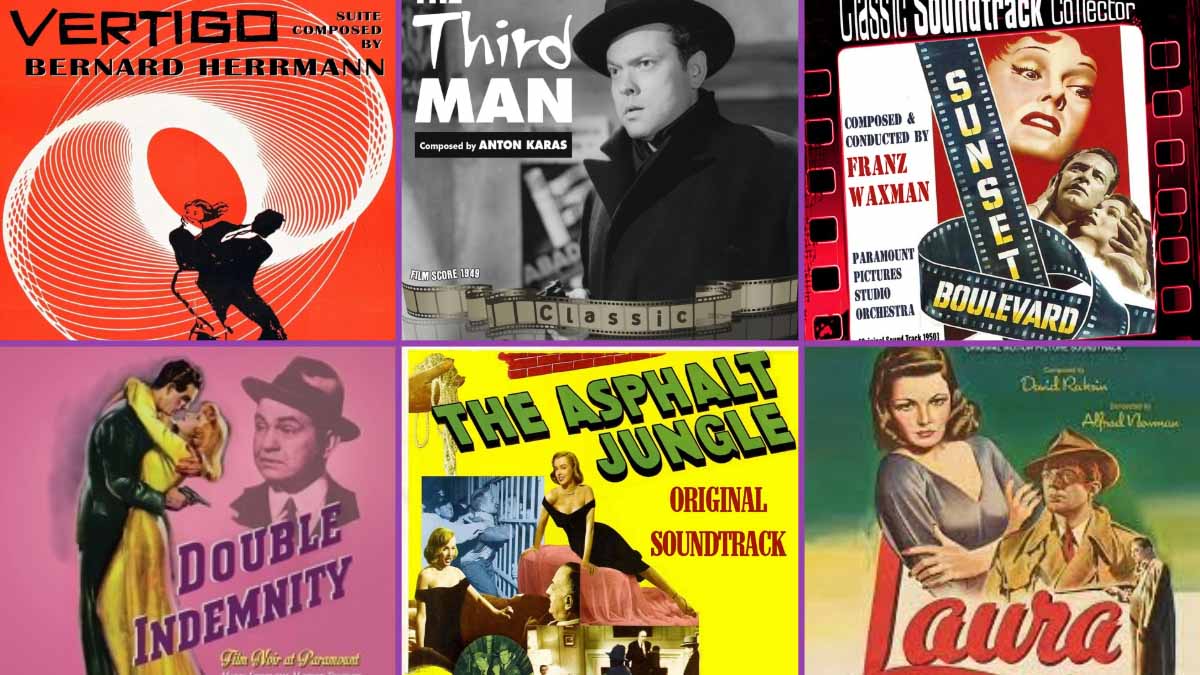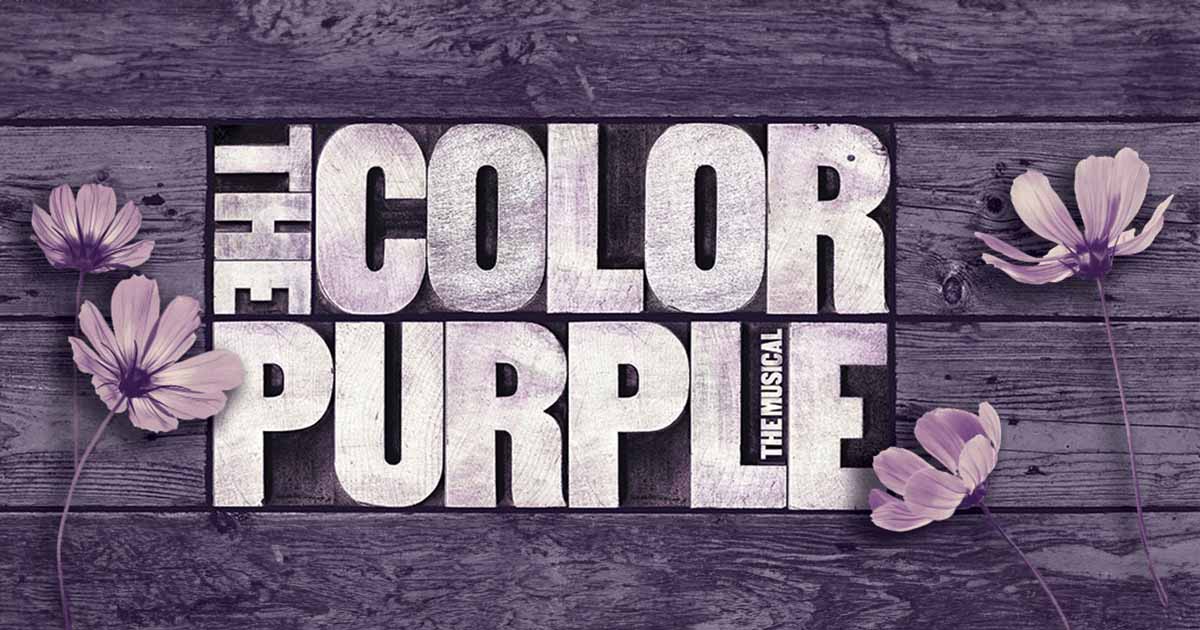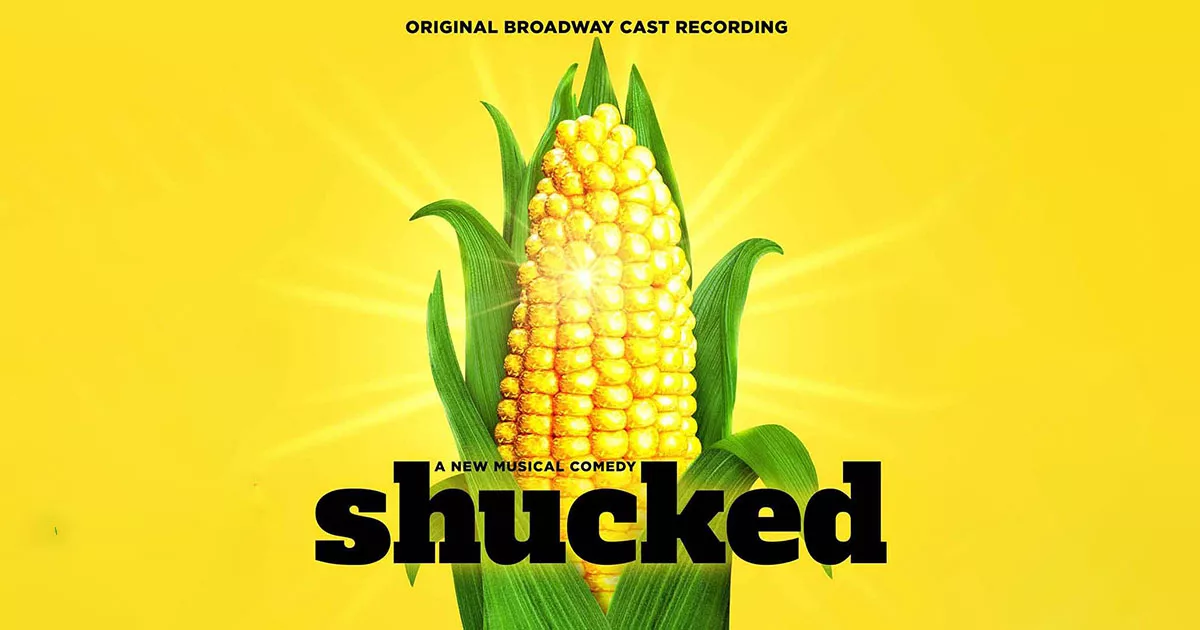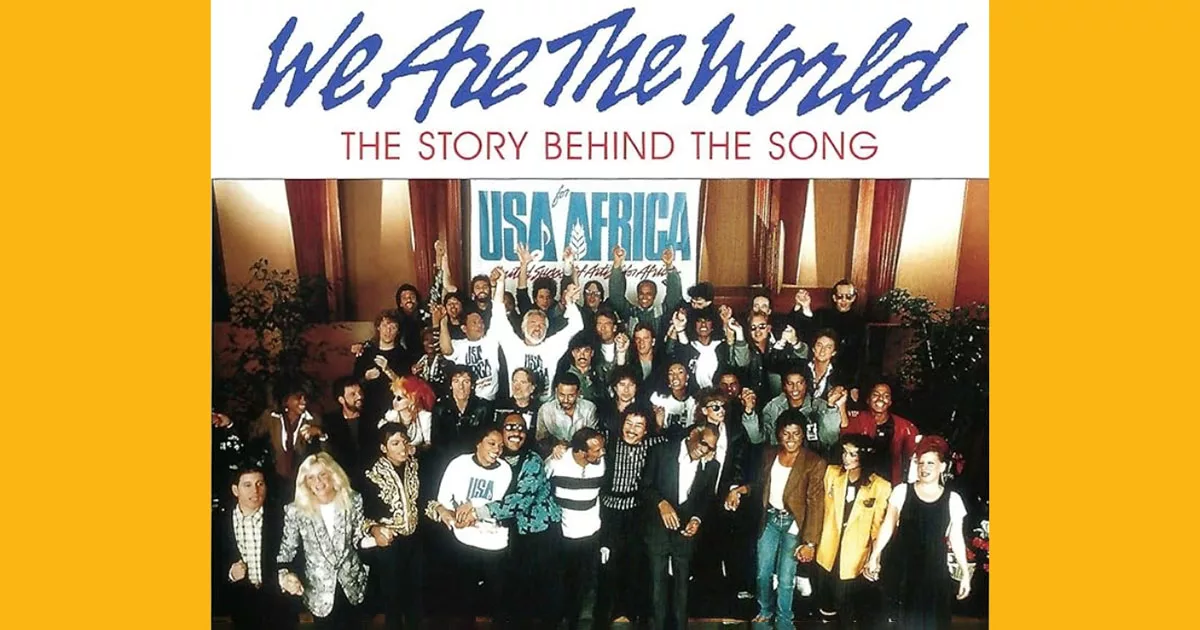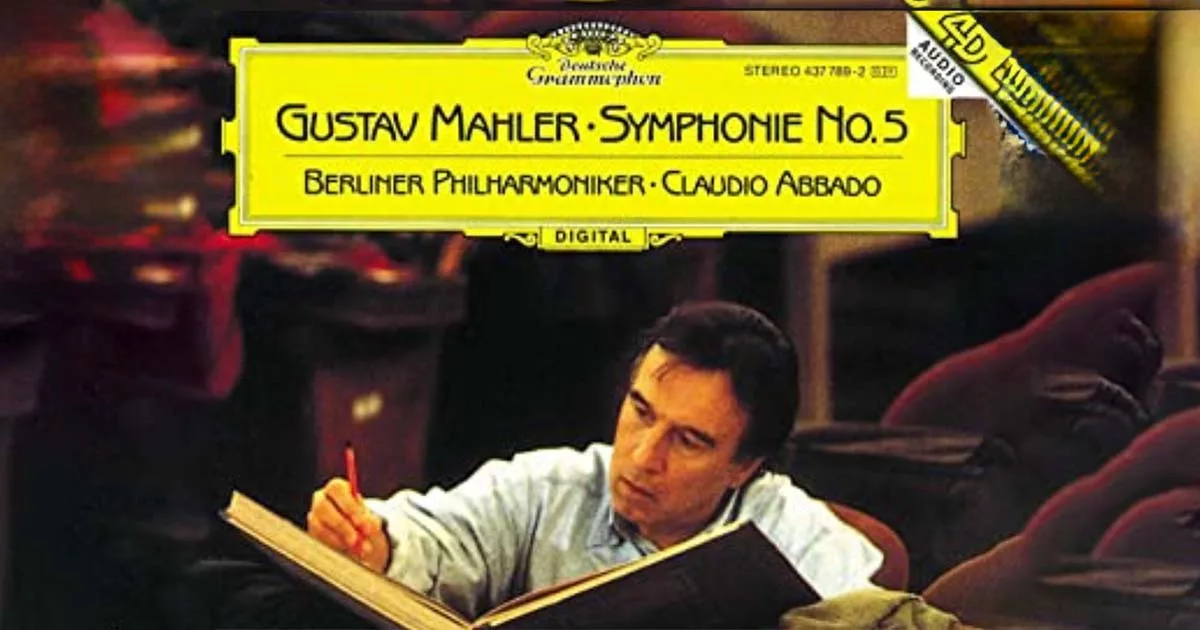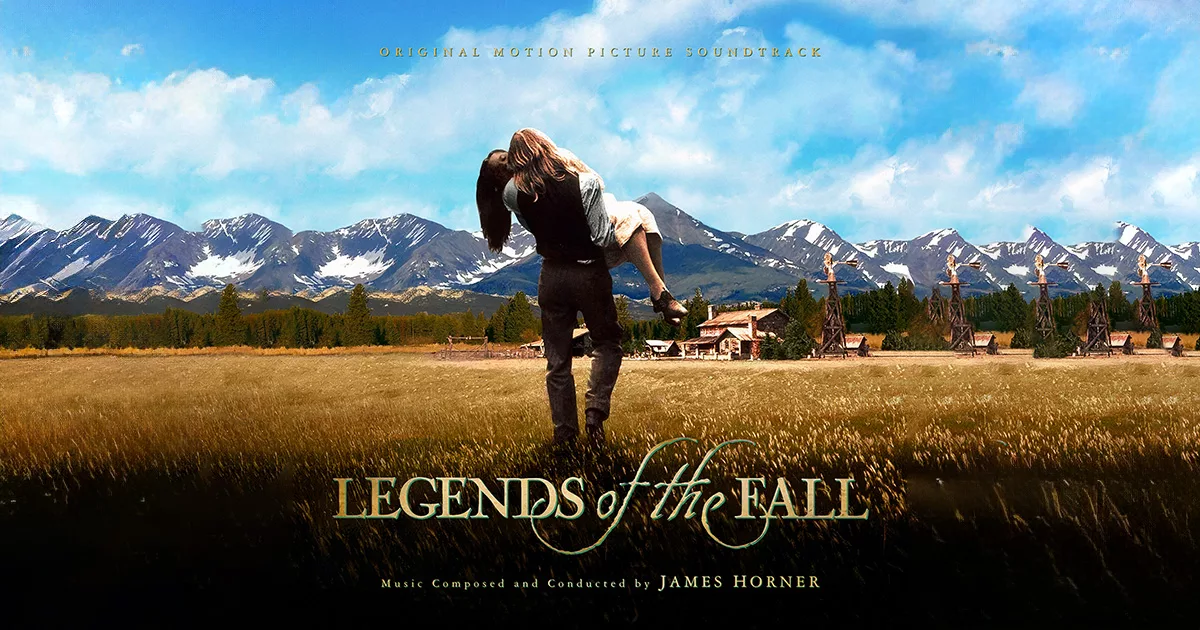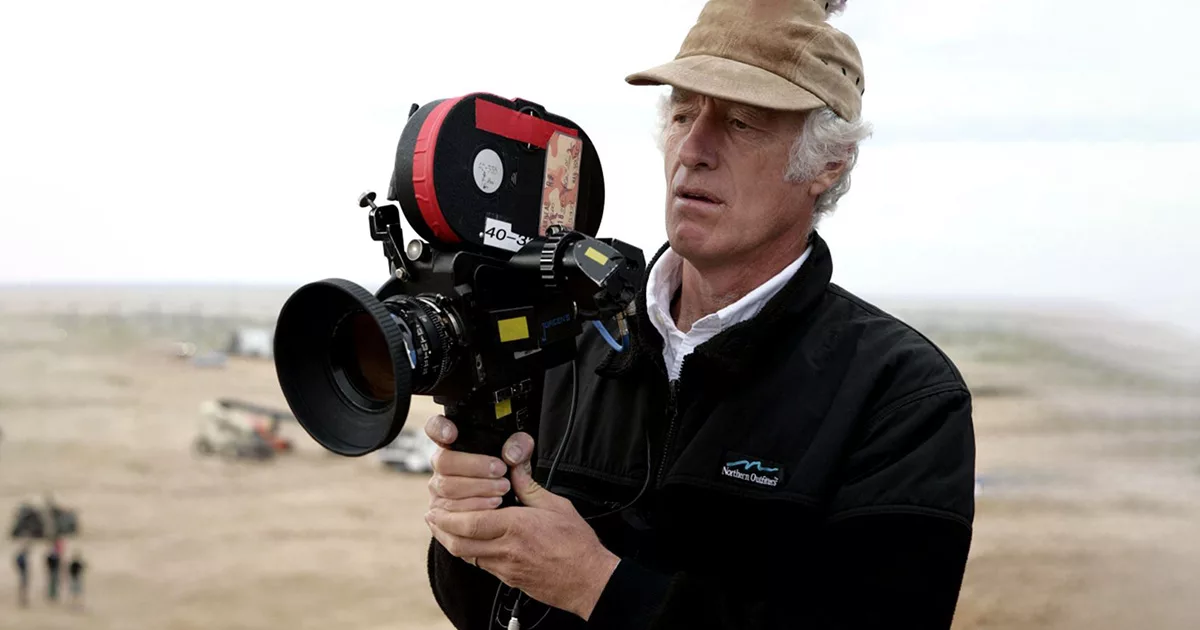In the shadowy realm of film noir, where mystery, crime, and intrigue reign supreme, the soundtrack plays a crucial role in setting the mood and enhancing the narrative.
From the haunting melodies that echo through dimly lit streets to the jazzy rhythms that underscore moments of tension, film noir soundtracks are as enigmatic and alluring as the genre itself.
The Birth of Noir Soundtracks
The roots of film noir soundtracks can be traced back to the early days of cinema, but it was in the post-World War II era that they truly came into their own.
Influenced by the bleakness of the times and the existential angst of the era, composers began experimenting with dark, brooding themes that reflected the mood of the films they accompanied.
Iconic Composers and Themes
One of the most iconic composers associated with film noir is Bernard Herrmann, whose collaborations with directors like Alfred Hitchcock and Orson Welles produced some of the most memorable scores in cinematic history.
Herrmann’s use of dissonant chords, eerie strings, and unconventional instrumentation helped to define the sound of film noir and set the stage for generations of composers to come.
Other notable composers who left their mark on the genre include Miklós Rózsa, whose lush, orchestral scores added depth and complexity to films like “Double Indemnity” and “The Lost Weekend,” and Elmer Bernstein, whose jazzy, improvisational style perfectly captured the mood of films like “The Sweet Smell of Success” and “Touch of Evil.”
The Role of Jazz
No discussion of film noir soundtracks would be complete without mentioning the influence of jazz music.
With its smoky clubs, sultry singers, and improvisational solos, jazz provided the perfect sonic backdrop for the world of film noir.
Composers like Duke Ellington, Miles Davis, and Chet Baker brought their unique styles to the genre, infusing it with a sense of cool sophistication and urban grit.
Legacy and Influence
While the heyday of classic film noir may be long gone, its influence on contemporary cinema can still be felt today.
Modern filmmakers continue to draw inspiration from the moody visuals and atmospheric soundtracks of the genre, paying homage to its timeless appeal while putting their unique spin on its themes and motifs.
The 10 Best The Best Film Noir Soundtracks
“Vertigo” (1958) – Bernard Herrmann
“Vertigo” (1958), directed by Alfred Hitchcock, features a mesmerizing score by the legendary composer Bernard Herrmann. Herrmann’s music in “Vertigo” is essential to the film’s atmosphere, contributing significantly to its psychological depth and emotional impact.
The score is characterized by its hauntingly beautiful themes, which evoke the sense of obsession, longing, and mystery that permeates the film. Herrmann employs lush strings, eerie woodwinds, and dissonant harmonies to create a sense of unease and suspense, mirroring the protagonist’s psychological turmoil and the film’s themes of identity, illusion, and memory.
One of the most iconic pieces from the score is the haunting “Scene d’Amour,” which accompanies some of the film’s most emotionally charged moments. This lush and romantic theme underscores the complex relationship between the characters and adds depth to their interactions.
Herrmann’s score for “Vertigo” is widely regarded as one of the greatest in cinematic history, and its influence can be felt in countless films that followed. Its ability to evoke deep emotions and enhance the narrative is a testament to Herrmann’s mastery of his craft and his unparalleled understanding of the power of music in film.
“Double Indemnity” (1944) – Miklós Rózsa
“Double Indemnity” (1944), directed by Billy Wilder, features a score by the Hungarian-American composer Miklós Rózsa, renowned for his ability to capture the essence of film noir through music. Rózsa’s score for “Double Indemnity” is a quintessential example of the genre, with its brooding and atmospheric themes heightening the tension and suspense of the film.
Rózsa’s score is characterized by its use of dark and moody orchestration, featuring haunting strings, ominous brass, and dissonant harmonies that reflect the moral ambiguity and psychological complexity of the characters. The main theme, with its haunting melody and pulsating rhythm, perfectly captures the film’s noir aesthetic and sets the tone for the unfolding drama.
One of the standout pieces from the score is the “Theme and Variations,” which Rózsa uses to underscore the film’s pivotal moments of suspense and drama. The variations on the main theme add depth and complexity to the narrative, heightening the sense of intrigue and mystery surrounding the central characters and their fateful choices.
Rózsa’s score for “Double Indemnity” is widely regarded as one of the greatest in film noir history, and its influence can be felt in numerous subsequent works in the genre. Its ability to evoke a sense of dread and foreboding while enhancing the emotional depth of the film is a testament to Rózsa’s skill as a composer and his understanding of the power of music to shape cinematic storytelling.
“Touch of Evil” (1958) – Henry Mancini
“Touch of Evil” (1958), directed by Orson Welles, boasts a memorable score by Henry Mancini, which plays a crucial role in establishing the film’s dark and suspenseful atmosphere. While the film is often associated with its director, Welles, it’s Mancini’s music that adds an extra layer of intrigue and tension to the narrative.
Mancini’s score for “Touch of Evil” is characterized by its fusion of jazz, Latin, and orchestral elements, reflecting the film’s border-town setting and its themes of corruption, betrayal, and moral ambiguity. The main theme, with its haunting melody played on a solo trumpet, instantly sets the mood for the film, evoking a sense of danger and mystery.
One of the most iconic pieces from the score is the “Main Title,” which accompanies the film’s famous opening sequence, shot in a single, uninterrupted take. Mancini’s pulsating rhythms and jazzy brass accents heighten the sense of urgency and suspense as the camera follows a car rigged with a bomb through the streets of a border town.
Mancini’s score for “Touch of Evil” is often cited as one of the finest examples of film noir music, with its evocative melodies and dynamic orchestrations adding depth and complexity to the film’s narrative. Its influence can be felt in countless subsequent works in the genre, cementing its status as a classic of cinematic music.
“The Third Man” (1949) – Anton Karas
“The Third Man” (1949), directed by Carol Reed, features a unique and unforgettable score by Anton Karas. What sets Karas’ score apart is its unconventional use of the zither, a stringed instrument rarely heard in film music prior to “The Third Man.”
Karas, a Viennese musician, was discovered by the film’s director, Carol Reed, while playing the zither in a Vienna café. Reed immediately recognized the instrument’s potential to enhance the atmosphere of the film, set in post-war Vienna, and asked Karas to compose the score.
Karas’ zither score for “The Third Man” is instantly recognizable and integral to the film’s identity. Its jaunty and melancholic melodies capture the mood of the war-torn city, with its stark contrasts between light and shadow, hope and despair. The score perfectly complements the film’s noir aesthetic, adding a layer of mystery and intrigue to the unfolding narrative.
One of the most famous pieces from the score is the “Harry Lime Theme,” a haunting and evocative melody that has become synonymous with the film itself. Karas’ improvisational style and the distinctive sound of the zither create a sense of urgency and tension, underscoring the protagonist’s quest to uncover the truth behind his friend’s mysterious death.
Karas’ score for “The Third Man” remains one of the most iconic in cinematic history, with its innovative use of the zither setting it apart from traditional film music of the time. Its influence can be felt in subsequent works in the genre, cementing its status as a classic of film noir music.
“Laura” (1944) – David Raksin
“Laura” (1944), directed by Otto Preminger, features a score composed by David Raksin, which has become one of the most iconic in film history. Raksin’s music for “Laura” is as much a character in the film as any of its actors, setting the mood and enhancing the narrative with its haunting melodies and evocative orchestrations.
The score is perhaps best known for its titular theme, “Laura,” a lush and romantic melody that captures the essence of the film’s central character and the enigmatic aura that surrounds her. Raksin’s use of strings and woodwinds creates a sense of longing and melancholy, reflecting the protagonist’s complex emotions and the mystery that shrouds her apparent death.
Beyond the famous “Laura” theme, Raksin’s score for the film is notable for its atmospheric and mood-setting qualities. From the suspenseful cues that underscore moments of tension and danger to the romantic interludes that highlight the relationships between the characters, Raksin’s music adds depth and complexity to the film’s narrative.
One of the most remarkable aspects of Raksin’s score is its ability to capture the essence of film noir while also transcending the genre. His music for “Laura” is as timeless and emotionally resonant today as it was when the film was first released, a testament to Raksin’s skill as a composer and his understanding of the power of music to evoke emotion and enhance storytelling.
Raksin’s score for “Laura” has rightfully earned its place among the greatest in cinematic history, with its memorable themes and evocative orchestrations contributing to the film’s enduring legacy. Its influence can be felt in countless subsequent works in the genre, cementing its status as a classic of film noir music.
“Sunset Boulevard” (1950) – Franz Waxman
“Sunset Boulevard” (1950), directed by Billy Wilder, boasts a score composed by Franz Waxman that perfectly complements the film’s dark and melodramatic themes. Waxman’s music for “Sunset Boulevard” is an integral part of the film’s atmosphere, enhancing the sense of decay, glamour, and tragedy that pervades the story.
Waxman’s score is characterized by its lush and sweeping orchestration, which reflects both the opulence of Hollywood’s Golden Age and the underlying darkness lurking beneath its façade. The main theme, with its haunting melody played on strings and woodwinds, sets the tone for the film, evoking a sense of nostalgia and longing for a bygone era.
One of the most iconic pieces from the score is the “Main Title,” which accompanies the film’s opening sequence, featuring the protagonist floating facedown in a swimming pool. Waxman’s dramatic orchestrations and melancholic melodies instantly establish the film’s mood and foreshadow the tragedy that is about to unfold.
Throughout the film, Waxman’s music serves to underscore the emotional depth of the characters and the complexity of their relationships. From the romantic interludes between the protagonist and the fading silent film star Norma Desmond to the moments of tension and suspense as the story reaches its climax, Waxman’s score adds layers of meaning and nuance to the narrative.
Waxman’s score for “Sunset Boulevard” is widely regarded as one of the greatest in cinematic history, earning him an Academy Award for Best Original Score. Its influence can be felt in subsequent works in the genre, with its haunting melodies and evocative orchestrations continuing to captivate audiences to this day.
“The Killers” (1946) – Miklós Rózsa
“The Killers” (1946), directed by Robert Siodmak, features a score by the prolific composer Miklós Rózsa, known for his contributions to film noir. Rózsa’s music for “The Killers” is a perfect example of his ability to create tension, atmosphere, and emotional depth through music.
Rózsa’s score for “The Killers” is characterized by its use of lush orchestration, dark and brooding melodies, and dramatic motifs that enhance the film’s noir aesthetic. The music underscores the film’s themes of crime, betrayal, and moral ambiguity, creating a sense of foreboding and suspense from the opening scenes.
One of the most memorable aspects of Rózsa’s score is its ability to capture the psychological depth of the characters and the complexity of their relationships. From the doomed romance between the protagonist and the femme fatale to the menacing presence of the titular killers, Rózsa’s music adds layers of meaning and nuance to the narrative, heightening the emotional impact of each scene.
One of the standout pieces from the score is the “Main Title,” which sets the tone for the film with its ominous brass fanfare and pulsating rhythms. This piece effectively establishes the sense of danger and intrigue that permeates the story, drawing the audience into the world of the film from the very beginning.
Rózsa’s score for “The Killers” is widely regarded as one of the finest examples of film noir music, earning him an Academy Award nomination for Best Music Score of a Dramatic or Comedy Picture. Its influence can be felt in subsequent works in the genre, with its haunting melodies and evocative orchestrations continuing to resonate with audiences today.
“The Big Sleep” (1946) – Max Steiner
“The Big Sleep” (1946), directed by Howard Hawks, features a score by the renowned composer Max Steiner, known for his contributions to classic Hollywood cinema. Steiner’s music for “The Big Sleep” is an integral part of the film’s atmosphere, enhancing its sense of mystery, suspense, and romance.
Steiner’s score for “The Big Sleep” is characterized by its lush orchestration, rich harmonies, and memorable melodies that capture the mood and tone of the film. From the sultry jazz-infused cues that underscore the film’s romantic interludes to the tense and suspenseful motifs that accompany moments of danger and intrigue, Steiner’s music adds depth and complexity to the narrative.
One of the most iconic aspects of Steiner’s score is its ability to evoke the atmosphere of 1940s Los Angeles, with its smoky nightclubs, dimly lit streets, and glamorous socialites. The music effectively transports the audience to the world of the film, immersing them in its sights and sounds while heightening the emotional impact of the story.
One standout piece from the score is the “Main Title,” which sets the tone for the film with its dramatic orchestration and memorable melody. This piece effectively establishes the sense of mystery and danger that pervades the story, drawing the audience into the world of the film from the very beginning.
Steiner’s score for “The Big Sleep” is widely regarded as one of the highlights of his illustrious career, earning him praise for his ability to capture the essence of the film through music. Its influence can be felt in subsequent works in the genre, with its evocative melodies and orchestrations continuing to resonate with audiences today.
“The Asphalt Jungle” (1950) – Miklós Rózsa
“The Asphalt Jungle” (1950), directed by John Huston, features a score by the Hungarian-American composer Miklós Rózsa, renowned for his contributions to film noir. Rózsa’s music for “The Asphalt Jungle” is a masterclass in atmospheric scoring, effectively capturing the tension, drama, and moral ambiguity of the film.
Rózsa’s score for “The Asphalt Jungle” is characterized by its dark and brooding themes, evocative orchestrations, and dynamic use of rhythm and melody. The music reflects the urban grit and moral decay of the film’s setting, with its pulsating rhythms and dissonant harmonies creating a sense of unease and suspense.
One of the most memorable aspects of Rózsa’s score is its ability to capture the psychological depth of the characters and the complexity of their relationships. From the stoic determination of the mastermind behind the heist to the desperation and greed of the other participants, Rózsa’s music adds layers of meaning and nuance to the narrative, enhancing the emotional impact of each scene.
One standout piece from the score is the “Main Title,” which effectively sets the tone for the film with its ominous brass fanfare and driving rhythms. This piece establishes the sense of tension and anticipation that pervades the story, drawing the audience into the world of the film from the very beginning.
Rózsa’s score for “The Asphalt Jungle” is widely regarded as one of the finest examples of film noir music, earning him praise for his ability to capture the essence of the genre through music. Its influence can be felt in subsequent works in the genre, with its evocative melodies and orchestrations continuing to resonate with audiences today.
“Out of the Past” (1947) – Roy Webb
“Out of the Past” (1947), directed by Jacques Tourneur, features a score by the prolific composer Roy Webb. Webb’s music for “Out of the Past” perfectly complements the film’s atmospheric and suspenseful narrative, adding depth and emotion to the story.
Webb’s score for “Out of the Past” is characterized by its moody and evocative themes, which capture the film’s themes of betrayal, redemption, and fate. With its haunting melodies, lush orchestrations, and dramatic flourishes, Webb’s music enhances the tension and drama of the film, drawing the audience deeper into its world.
One of the most memorable aspects of Webb’s score is its ability to convey the psychological complexity of the characters and the moral ambiguity of their actions. From the tortured romance between the protagonist and his former lover to the menacing presence of the antagonist, Webb’s music adds layers of depth and nuance to the narrative, heightening the emotional impact of each scene.
One standout piece from the score is the “Main Title,” which effectively sets the tone for the film with its atmospheric orchestrations and haunting melody. This piece establishes the sense of foreboding and mystery that pervades the story, drawing the audience into the world of the film from the very beginning.
Webb’s score for “Out of the Past” is widely regarded as one of the highlights of his career, earning him praise for his ability to capture the essence of the film through music. Its influence can be felt in subsequent works in the genre, with its evocative melodies and orchestrations continuing to resonate with audiences today.
You can stream this soundtrack on Apple Music, Spotify or Youtube Music.
If you love Soundtrack you must listen to the Tetris Soundtrack, read all about it in this Article: TETRIS MOTION PICTURE SOUNDTRACK: A NOSTALGIC JOURNEY WITH ICONIC HITS

